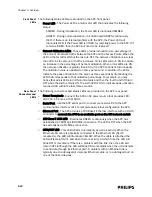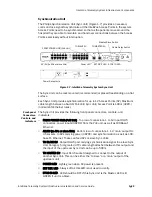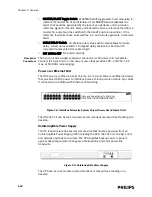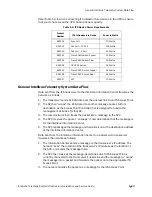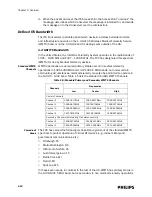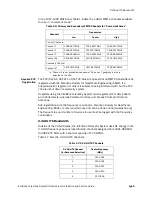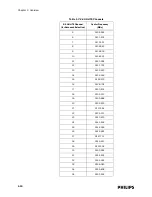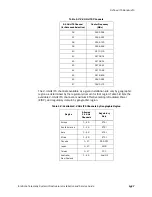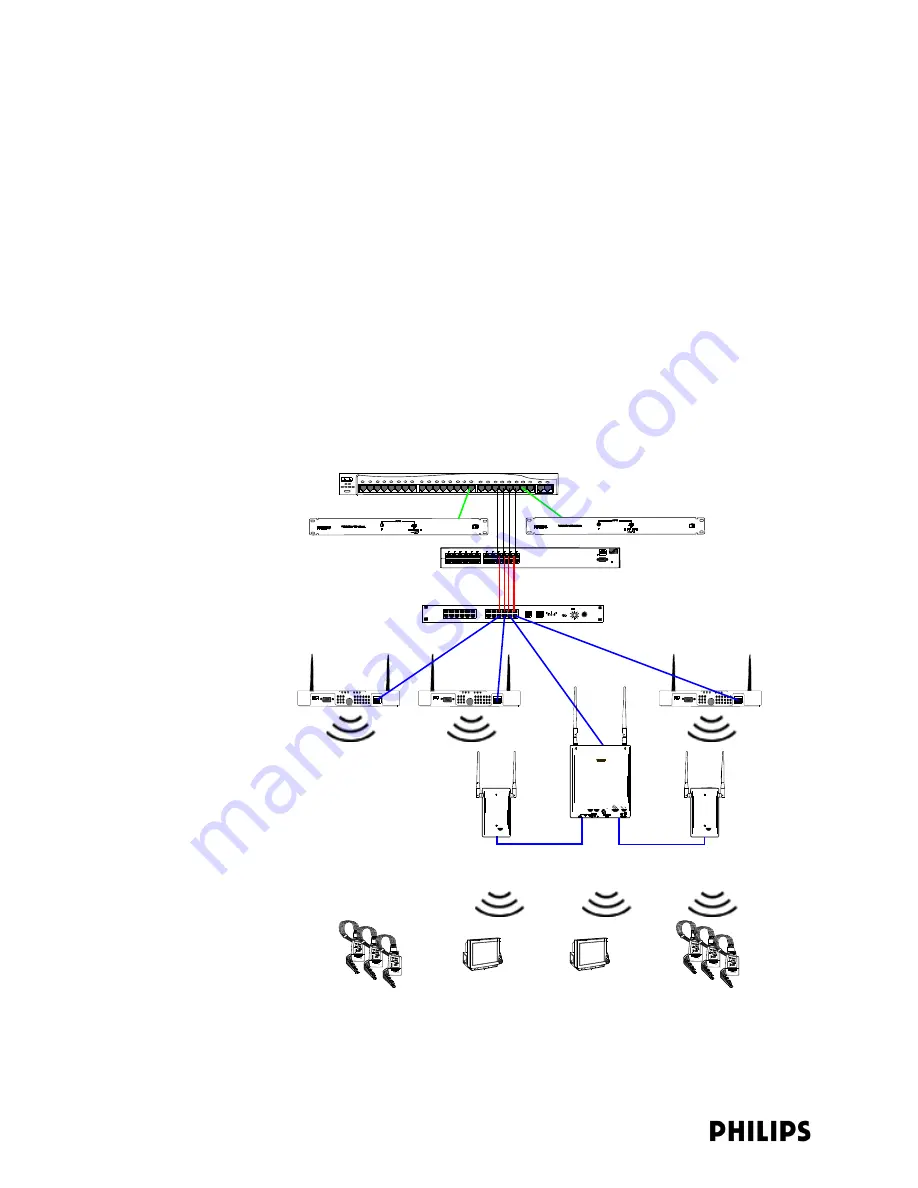
1-2
Chapter 1: Overview
Introduction
The Philips IntelliVue Telemetry System (ITS) uses a cellular wireless architecture to
provide two-way communications between patient-worn transceivers and wireless
bedside patient monitors, and the IntelliVue Information Center.
Using the “Smart-hopping” wireless protocol based on Digital Enhanced Cordless
Telecommunications (DECT), the ITS provides monitoring capabilities for ambulatory
patients within a wide coverage area. The ITS transceivers (portable patient-worn
devices), wireless bedside monitors, and infrastructure operate on the 1.4 GHz US
Wireless Medical Telemetry Service (WMTS) band or on the 2.4 GHz band for
deployments outside of the USA.
The pocket-size transceiver sends patient data, and sends and receives control and
device information to and from the IntelliVue Information Center (bi-directional
communication) for subsequent monitoring, display, analysis, alarm detection,
operator alerts, data storage and permanent recording. Displays, settings,
recordings, and alarms are controlled from the IntelliVue Information Center.
Recordings can also be initiated from the patient worn-transceivers.
Figure 1-1: IntelliVue Telemetry System
ICN Network Switch
Access Point Controller
Power over Ethernet Unit
Synchronization Unit
1.4 GHz or 2.4 GHz
Smart-hopping
Access Points
1.4 GHz or 2.4 GHz
Patient-worn Transceivers and
Wireless Bedside Monitors
Access Point Controller
1.4 GHz
Remote Antenna
1.4 GHz
Core Access Point
Summary of Contents for IntelliVue Telemetry System Infrastructure
Page 8: ...viii Contents ...
Page 14: ...xiv About This Guide ...
Page 100: ...3 22 Chapter 3 Installing and Configuring the ITS Figure 3 10 APC Filter Configuration Screen ...
Page 162: ...5 12 Chapter 5 Troubleshooting and Testing ...
Page 168: ...A 6 Chapter A Installing Multiple ITSs at a Single Hospital Site ...
Page 180: ...Index 8 Index ...























